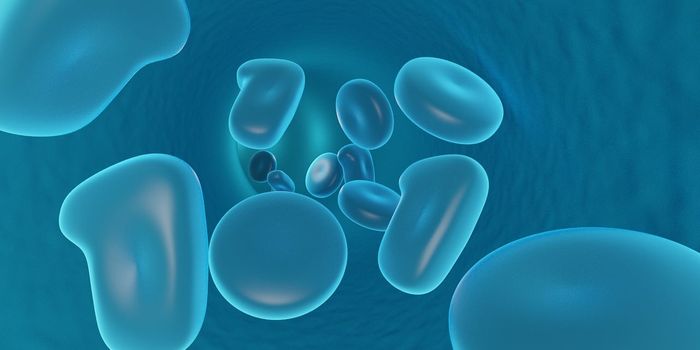Northwestern Medicine scientists have identified a small RNA molecule called miR-182 that can suppress cancer-causing genes in mice with glioblastoma mulitforme (GBM), a deadly and incurable type of brain tumor.

While standard chemotherapy drugs damage DNA to stop cancer cells from reproducing, the new method stops the source that creates those cancer cells: genes that are overexpressing certain proteins.
"Our study identified miR-182 as a glioblastoma tumor suppressor that reduces the expression of several oncogenes that promote cancer development," said senior author of the study Alexander Stegh, an assistant professor in the Ken and Ruth Davee department of neurology and of medicine at Northwestern University Feinberg School of Medicine.
The study, published April 2 in Genes and Development, used a nanostructure called spherical nucleic acids (SNAs) to safely deliver miR-182 across the blood-brain barrier to reach tumor cells. There it directly targeted multiple oncogenes at once, increasing cancer cell death and reducing cancer cell growth. SNAs are composed of multiple strands of DNA and RNA densely arranged around a nanoparticle center.
"We demonstrate a more specific, more personalized approach to therapy," Stegh said. "SNAs are a very promising platform to silence the particular genes that drive or contribute to cancer progression in individual patients."
There are 16,000 new cases of the deadly brain tumor reported in the U.S. every year. Patients have a very poor prognosis, with median survival of just 14 to 16 months.
The molecule miR-182 is a microRNA, a type of short non-coding RNA that can bind to hundreds of genes to reduce their protein expression in cells. Looking at large-scale genomic datasets, Stegh and colleagues saw that patients with higher levels of miR-182 had a better chance of surviving glioblastoma mulitforme longer.
In the study, they found that miR-182 suppressed Bcl2L12, a cancer gene that blocks cancer cell death in response to chemo- and radiation therapy. The microRNA also impeded two other oncogenes, c-Met and HIF2A. The next challenge was establishing a way to get miR-182 to those specific targets.
The solution was in SNAs, a structure invented by Northwestern colleague and co-author Chad Mirkin, the George B. Rathmann Professor of Chemistry at the Weinberg College of Arts and Sciences and a professor of medicine at Feinberg.
"We designed a novel delivery method for miR-182 using SNAs," Stegh said. "Small gold nanoparticles are conjugated with miR-182 sequences. They cross the blood-brain/blood-tumor barrier, and accumulate within brain tumor sites, where they target oncogenes, regulate cell growth and differentiation, reduce tumor burden and prolong survival in our mouse models."
SNAs have unique properties that allow them to reach cells safely without causing toxicity or activating the immune system.
"Our approach to gene silencing has not been demonstrated before in such a powerful way for the treatment of brain cancers," Stegh said. "These particles, microRNA based SNAs, could also potentially be used for gene silencing in other cancers and diseases of genetic origin."
Additional studies will be needed to test miR-182 and the nanoparticle delivery before it becomes an option for patients with glioblastoma mulitforme. But first, Stegh and colleagues want to hone the particle design and to investigate treatments that combine miR-182 with established chemotherapy drugs in mouse models.
Source: Northwestern University









